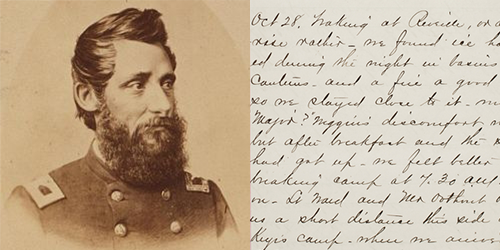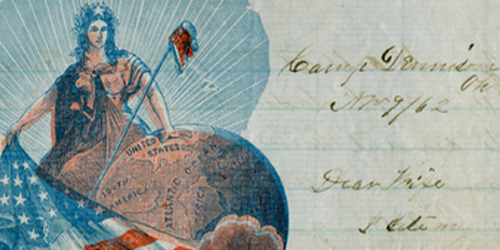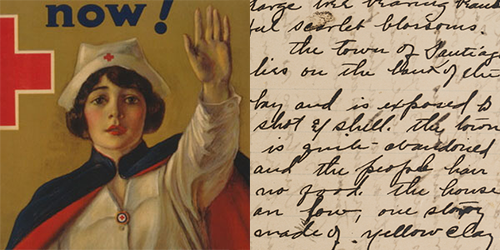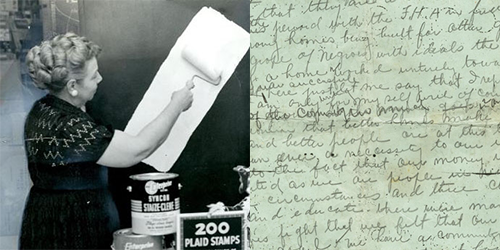Classroom crowdsourcing projects offer a wide range of benefits. Students engage deeply with primary sources, forming personal connections to the past through handwritten letters and diaries. This hands-on experience not only enriches their understanding of history but also strengthens their digital literacy, as they become both consumers and creators of digital content through meaningful, real-world tasks. Additionally, their contributions support public history initiatives, helping to unlock and democratize access to our shared cultural heritage.
The benefits of classroom crowdsourcing projects are numerous. Students can engage deeply with primary sources, forming a personal connection to the past through handwritten letters and diaries. This hands-on experience not only enhances their understanding of history but also helps them improve their digital literacy by becoming both consumers and creators of digital content through authentic tasks. In addition, participation allows students to contribute to a public history project, helping to unlock and democratize access to our shared cultural heritage.
Best of all? It’s fun. Deciphering historical texts feels like solving a puzzle -- and really, who wouldn’t enjoy reading someone else’s diary without getting into trouble?
Content warning
Please note: items in the Newberry’s collections reflect the context of their time and may contain offensive language or imagery relating to ability, gender, race, religion, sexuality/sexual orientation, and other categories. They are preserved for research purposes in their original form. More information: Newberry statement on potentially offensive content
Tips
Ask students to:
-
Work collaboratively. For those who may be cursive-averse, it can be helpful to transcribe a page as a class before having students work in pairs.
-
Read closely. Examine the language in the manuscript. What is the message? How is it conveyed? Without consulting the finding aid or other background materials, what can be inferred about the writer and their intended audience?
-
Paraphrase. Rewrite the text in their own words, either as a letter, email, or social media post.
-
Conduct background research. Use secondary sources to provide context for the manuscript. What can be learned about its author, or the people, events, or places mentioned in the text? If that information isn’t available, research the date the manuscript was written. What else was happening in the country at that time, and how might that have influenced the content?
-
Present findings. Summarize their work and present it digitally -- through a map, timeline, video, or blog post.
-
Reflect. Write about their experience transcribing, researching, and creating the final project. What did they learn? What surprised them? What would they do differently next time?
-
Newberry Transcribe's vast collection of digitized manuscript pages may seem overwhelming at first. For a more approachable introduction, explore a few highlights on our Midwest Time Machine website, which features transcribed excerpts from explorers, teenagers, authors, and ship captains, accompanied by contemporary maps, photographs, and other images.
-
Would you like a Newberry staff member to visit your class remotely to introduce the project, demonstrate the site, and provide background information on one of our collections? Get in touch at dis@newberry.org

 Skills lesson: reading a transcription
Skills lesson: reading a transcription
 Civil War letters
Civil War letters
 From the letters of Amy Eleanor Wingreen
From the letters of Amy Eleanor Wingreen
 Housing discrimination: blockbusting
Housing discrimination: blockbusting